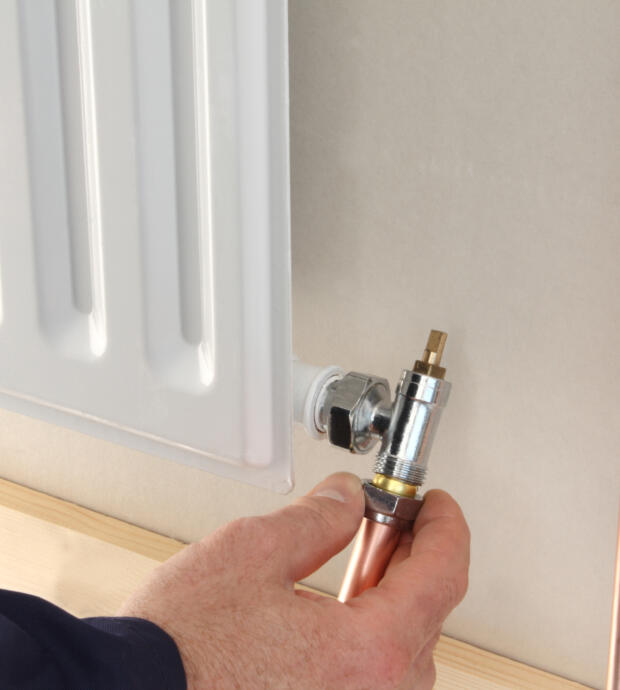Even though Brugman radiators are easy to install, you are still advised to think about where your new heating elements will be positioned in advance. Are you installing the models in series or in parallel? And what is the difference between the two options? We will tell you all you need to know about connecting new radiators.
Connecting your radiators in series?
Connecting your radiators in series is also known as the single pipe system and is principally used in homes from the 1970s and 80s. Nevertheless, some people still choose a series connection. In this case, the return water from the last radiator is used to supply the next. Logically, this will give the last radiator less heat than the first. However, this loss of heat can be compensated by installing larger models, the further away they are from the heat source. You must also opt for a bypass valve. This mixes the cooled return water with heated supply water and feeds the subsequent radiator(s).
Make sure that you choose tubes that are sufficiently large if you are using the series connection method.
Or in parallel?
Nowadays, most people opt for parallel installation, also known as the two pipe system. For this system, you need two separate pipes. One serves to supply hot water to the radiators and the other takes the return water back to the boiler. This system is more expensive than the single pipe system.
When you install radiators in parallel, you can choose between copper (or plastic) or steel pipes. The water departs from a collector and each radiator needs a separate supply and return pipe. This is the most common type of system.
A Brugman dealer can tell you more about installing your radiator. Find a sales point near you.
